Tom Proctor began his career as a compositor on THE MATRIX at Manex Visual Effects. He worked in many studios such as Weta Digital, Evil Eye Pictures or Rising Sun Pictures before joining Double Negative in 2010.
What is your background?
I have an arts background but I started working in computer graphics answering the tech support line for Cineon at Kodak, when I was at art school. I dropped out to go work on the first THE MATRIX film at Manex, on which I composited the rooftop bullet time shot of Neo. So I have a 2D background. I worked on THE MATRIX sequels and all THE LORD OF THE RINGS films. I have lived in the San Francisco Bay Area, New Zealand, and Sydney, working at various VFX houses and for the last 7 years I’ve been here at Double Negative in London.
How did you get involved on this show?
I came on board as principal photography was wrapping up. Prior to me joining the show, Richard Bain was the on set VFX supervisor. Gore was keen to bring in a supe for the post who was intimate with the workflow and team within the facility.
How was the collaboration with director Gore Verbinski?
It was a very intense and ultimately rewarding experience! When I first met him at the tail end of the shoot in Berlin, the vision he conveyed to me was thorough and detailed. During the post process, when my team and I were in London and he was in California, we were in constant communication. We used cineSync for reviews. I always appreciated his manner and wit in conveying nuance. He has a deep interest in the craft of VFX, in the tools and techniques, and having used VFX extensively on past projects he was extremely keen to be informed about all the latest developments. I also have to say: although it was challenging at times, I really loved the experience of working with a director with such high standards.
What was his approach and expectations about the visual effects?
The film was more modest in scope than, say, the PIRATES movies but he made it totally clear it had to be every bit as visually spectacular. There was always an intent on his part, and a clear vision. He uses a lot of reference images and his own sketches to provide guidance and inspiration.
How did you organize the work at Double Negative?
We split our work amongst three teams. There was one group devoted to the climactic final scenes with Volmer and the fire at the Institute. A second team handled the car crash, the train, the opening shots of Manhattan, and all of the eels. And our third team dealt with the spectacular vistas and scenic shots of the Institute in the Alps.
Can you tell us more about your work on the city and its skyline?
The opening shots of Wall Street needed to depict the towering buildings as ominous, oppressive monoliths. We started with night time plate photography of the buildings; these were beautifully composed but we had to treat them heavily to evoke this mood. We used 2D plate prep techniques to paint out interior lights. Matte paintings were used to cover larger areas of frame which needed to be patched. And we also used some 3D build to add interiors and height to some buildings. Haze and depth cueing was enhanced in comp.
The movie then moves to the Alps. How did you created the Castle and their other buildings?
The Institute setting is actually an amalgamation of two locations, Hohenzollern Castle in Swabia, Germany, and a former hospital complex called Beelitz-Heilstätten near Berlin. Hohenzollern is situated on a peak in an otherwise flattish area, so we used panoramic photography of the Alps to build up more spectacular vistas surrounding it, and we enlarged the castle exteriors with CG and 2.5D matte paintings. Beelitz was used for shots inside the compound, and we topped up the plates with mountains and CG versions of the Hohenzollern towers in order to link the two locations.
The surroundings Alps are beautiful. Can you tell us more about their creation?
There were an incredible number of stills taken of the Swiss Alps that we used as the basis for our matte paintings. It’s tricky to get convincing scale and terrain if you find yourself picking and choosing bits of one mountain from one image, and bits from another, so we tried to use entire mountains as much as possible. Gore wanted to stay clear of Middle Earth! We also tried to stay true to the levels of atmosphere in the plates for, say, the scene of Hannah and Lockhart at the pool to keep it organic and convincing.
What references and indications did you received for the Castle and the Alps?
There were a few concept comps that Richard Bain had roughed together to get a steer from Gore; these were very helpful, too. Gore was always clear with his turnover of the shots – annotating in the cinesync sessions with big W shaped mountains where he wanted them.
How did you enhanced the car accident sequence?
Special effects supervisor Gerd Nefzer and his team did an incredible job shooting a really impressive crash practically so we had some fantastic plates to work with. There was a ramp set up which flipped the car off the road, captured by several cameras. We did some 2D plate prep work removing the ramp and the cameras visible in the plates. We had some shots of Lockhart tumbling around inside a car against a green screen behind which we comped some background plates which were filmed with a wire rig on the embankment location.
Can you explain in detail about the creation and animation of the deer?
The biggest VFX contribution to these shots was of course the deer. We built a CG deer which was based loosely on a red deer. There was a taxidermy deer reference which was scanned but we ended up modifying its proportions to make it more iconic. We animated it running down the slope and smashing into the car. The car windscreen was smashed in two places where the deer’s hoof and antler puncture it, pinning it to the windscreen. Gore wanted us to use as much of the practical windscreen as possible but there was no way to get the interaction with the deer, and all the reflections and refractions, without replacing it entirely with a CG windscreen. We looked at an awful lot of really harrowing reference of animal car accidents for reference, really heart wrenching stuff. Gore absolutely wanted this to hit the audience hard.
After the car tumbles off the road, we come back to see the deer again in two lengthy shots where it’s tangled in the gasket from the windscreen. The deer and the gasket were hand animated and then we did dynamics sims on the rubber to make it sway and bounce properly, and have little chunks of glass come off.
The doctor uses eels for the cure. How did you design them?
The eels were based on European freshwater eels. They’re very unnerving and eerie creatures naturally, very creepy, so we didn’t have to do much to enhance them in that aspect!
Can you explain in detail about their creation?
On set, there was an eel wrangler who had a big tank of real live eels. We shot a load of reference of them observing their movements and anatomy. They have ribs which show through their skin when they bend one way, and the skin wrinkles up when they bend the other. They have a faint bit of iridescence from their layer of slime. Gore was keen to play down the fishlike look, avoiding making them look like trout. and go for more of a sinister snakelike feel. So we adjusted the proportions here and there: getting rid of bulging lips and fins. We also did a couple of variations on the main eels, making some babies and some big momma monsters.
How did you manage their animation especially for the crowd shots?
The animators, led by Ben Wiggs, worked on vignettes of eels swimming together which we used as a basis for the more crowded shots with lots of eels. In most cases Gore specified exactly how individual eels should compliment the composition of the actors in frame and we hand keyed them. It was very labor intensive for the animators! On the shots where there were masses of eels swarming we instanced the vignettes and did a post solve in Houdini to correct intersections.
The doctor reveals literally his true face at the end. How did you design it?
The design of the face was the first thing Gore briefed us on, in extreme detail. He provided us with a great variety of some really traumatic images that we would use for reference: dead bodies, burn victims, seafood. Each of the areas of the face had to be worked over for a very long time to evoke just the right combination of feelings and sear the image into the audience’s mind! There’s an aspect of the face which is meant to be burnt scar tissue but rather than making it leathery and opaque like real scar tissue we pushed the subsurface to the extreme to make it translucent. There’s a big diagonal scar across his face. Gore wanted this to be reminiscent of a vagina; he wanted it to be really jarring in it’s wrongness. It also needed to react and perform and animate to enhance Jason’s performance. The artists really deserve credit for sticking with this difficult build task and dealing with all the brutal reference images for so long to get it just right.
Can you explain in detail about the creation of this horrific face?
We began our build using a scan of a physical bust of Jason’s head that had been carved into. However it became clear eventually that the reduced volume of the bust was causing it to deviate the look of Jason’s face enough that we would have a hard time matching the nuance of his performance. As ever, Gore was exacting about the match of every detail of every facial expression so this was crucial. We ended up rebuilding the CG face from scratch, reworking the shapes of the scar tissue to better compliment the movements of the face. The animators worked very hard getting their performances just right and then we did a sculpt pass to nudge things that weren’t quite covered by the face shapes.
The face peel shot itself was the biggest technical and creative challenge of the show by far. There were two plates which needed to be stitched together: an A plate with no makeup, and a B plate with a prosthetic which we would replace with our CG face. Since the head position in the two plates was not aligned perfectly we bodytracked them both and projected the B onto the A plate. With the plates merged we could project Jason’s skin texture onto a CG mask face which was hand animated to get the timing right, and then cloth sims were run on top of it to get the fine wrinkles, tearing, and sliding just right. Gore wanted the edges of the face to break up and curl up like bonito flakes. Lastly we ran a fluid sim of slime dripping off the face.
The final sequence involves a lot of fire and destructions. How did you created these FX?
There were some great practical shots of both the interior and exterior of the Institute. Since it was a listed building we couldn’t shoot much practical pyro on location beyond a few firebars. So at the stages we built a 2/3 scale set of window bucks and filmed practical fire, and comped the two together. There was a really great set of element shot for the interior burn with excellent burning curtains. We added some FX sims of embers to the interiors but those were mostly comps of practical elements. For the exteriors we added a huge amount of simmed FX smoke.
Can you tell us how you choose the VFX vendors?
Rise was involved before I joined the show but I had recommended One of Us to the production based on prior experience with them. They always do great work.
How did you split the work amongst these vendors?
Rise handled shots of Lockhart’s father jumping off the bridge, One of Us did shots of the human aquarium and some set enhancements in the grottoes and Lola did a number of cosmetic VFX shots.
Which sequence was the most complicated to created and why?
The Volmer face peel shot, as explained above.
Is there any other invisible effect you want to reveal to us?
As for the invisible effects, I was really happy with the way the combination of the two locations used for the Institute worked.
Was there a shot or a sequence that prevented you from sleep?
I have two young kids who do a pretty good job keeping me from getting a solid night’s sleep but this was a very challenging show on almost every level. It would be hard to pick any one thing that was keeping me from sleep but it’s fair to say I had a some restless nights.
What was the main challenge on this show and how did you achieve it?
This show had a modest budget and a very ambitious vision. Making it all happen and bringing the huge spectacle to the screen involved a massive amount of dedication and hard work from the team. They all deserve so much credit for what they brought to this film.
What do you keep from this experience?
I loved the chance to work closely with a truly visionary director on an original and unique movie. I loved getting to work on some twisted and haunting visuals. I will always be immensely grateful for the support I had from my team and admire the dedication they had to their craft, particularly our producer Graeme Puttock, anim supe Ben Wiggs, CG supe Malcolm Humphreys, and our 2D supe Brad Floyd.
How long have you worked on this show?
About 10 months.
What’s the VFX shots count?
DNeg’s shot count was 377 shots; there were about 400 other shots split between the other vendors and Gore’s small in-house team.
What was the size of your team?
There were about 260 involved at DNeg.
What is your next project?
I’m currently working on JUSTICE LEAGUE PART 1. Very different fare from A CURE FOR WELLNESS!
What are the four movies that gave you the passion for cinema?
Ooh, tricky question! Well when I was a kid of course I was transported by adventure movies like STAR WARS and INDIANA JONES but then later in my life two films that particularly made me love cinema were DOWN BY LAW and THE NIGHTS OF CABIRIA. Although I can’t really say it gave me a passion for cinema, last year had the pleasure of working on a small project called THE GREASY STRANGLER with director Jim Hosking which was fun and inspiringly out there – a total breath of fresh air.
A big thanks for your time.
// WANT TO KNOW MORE?
– Double Negative: Dedicated page about A CURE FOR WELLNESS on Double Negative website.
© Vincent Frei – The Art of VFX – 2017


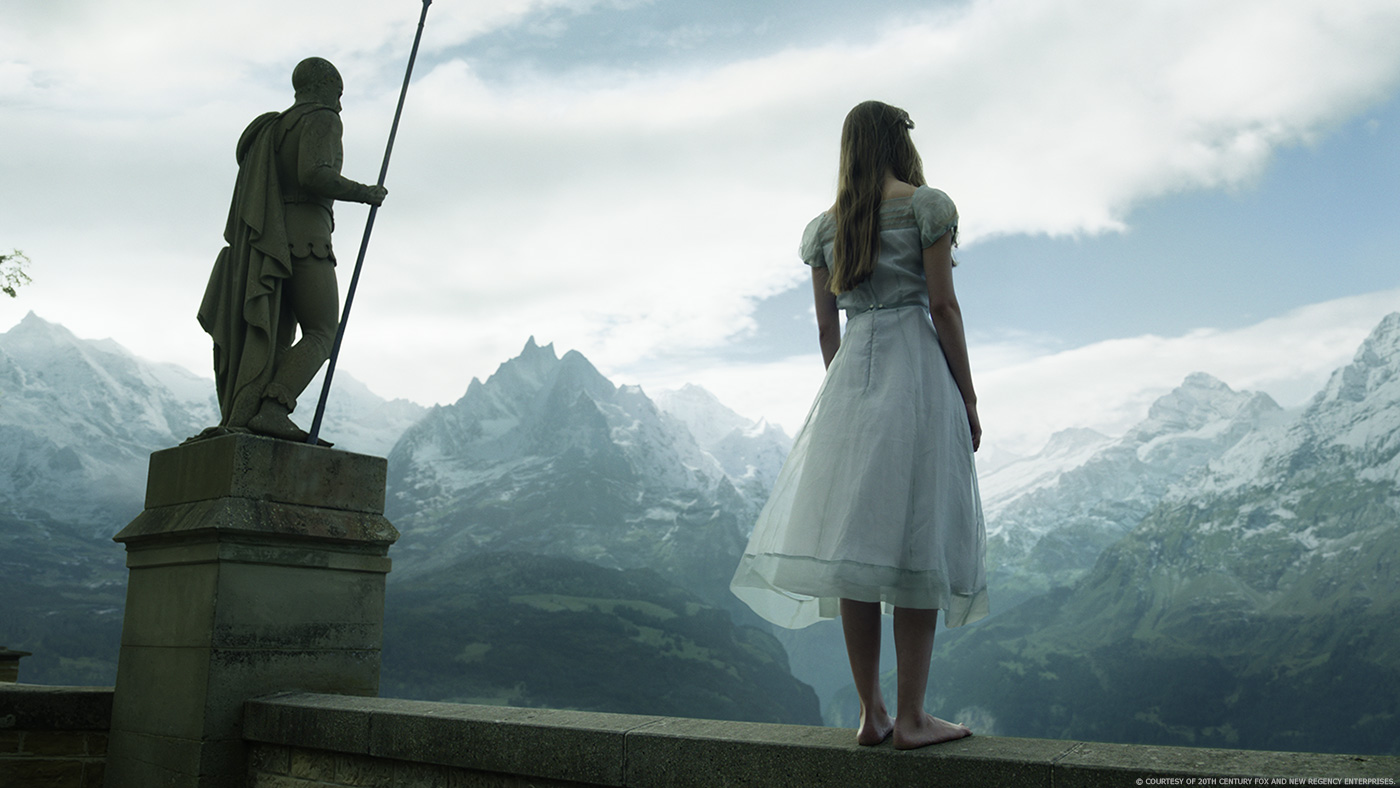
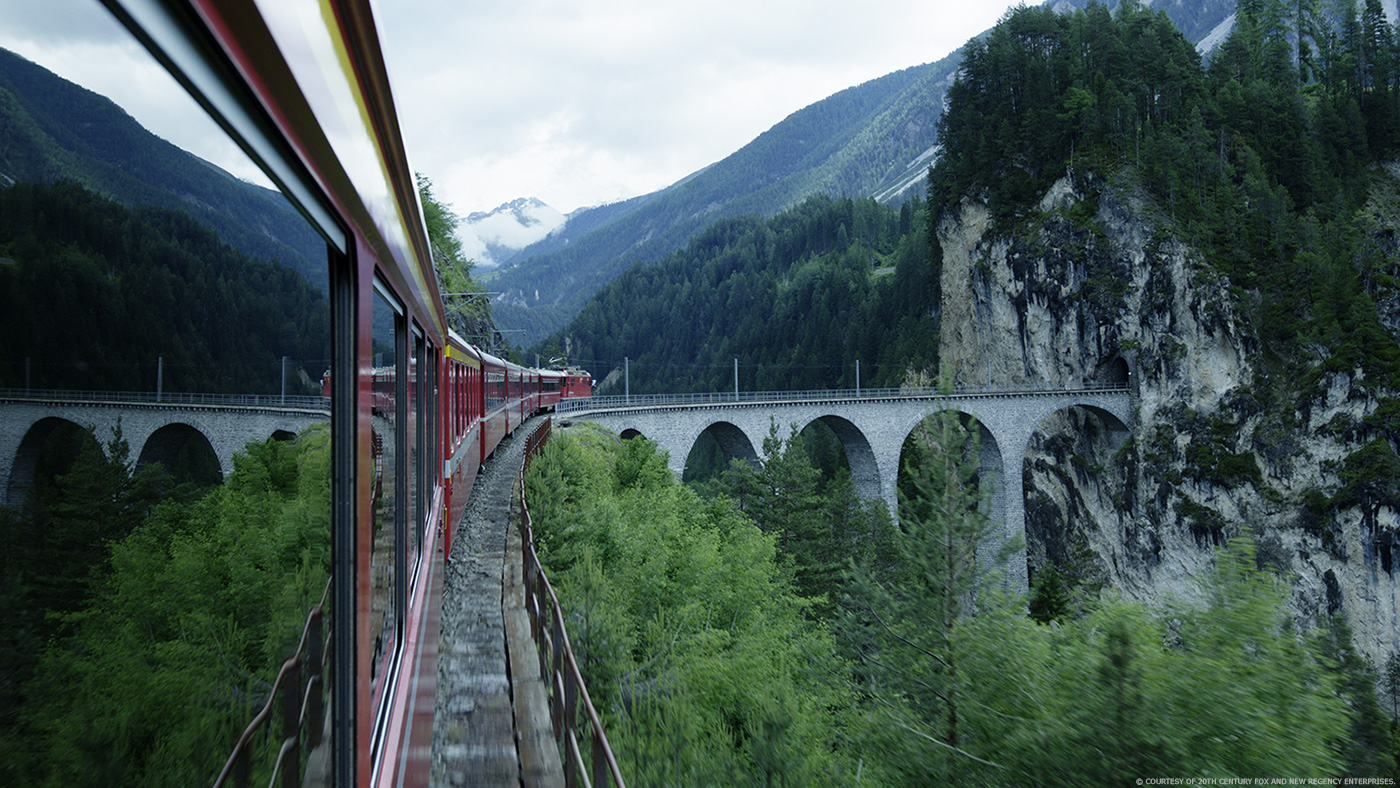
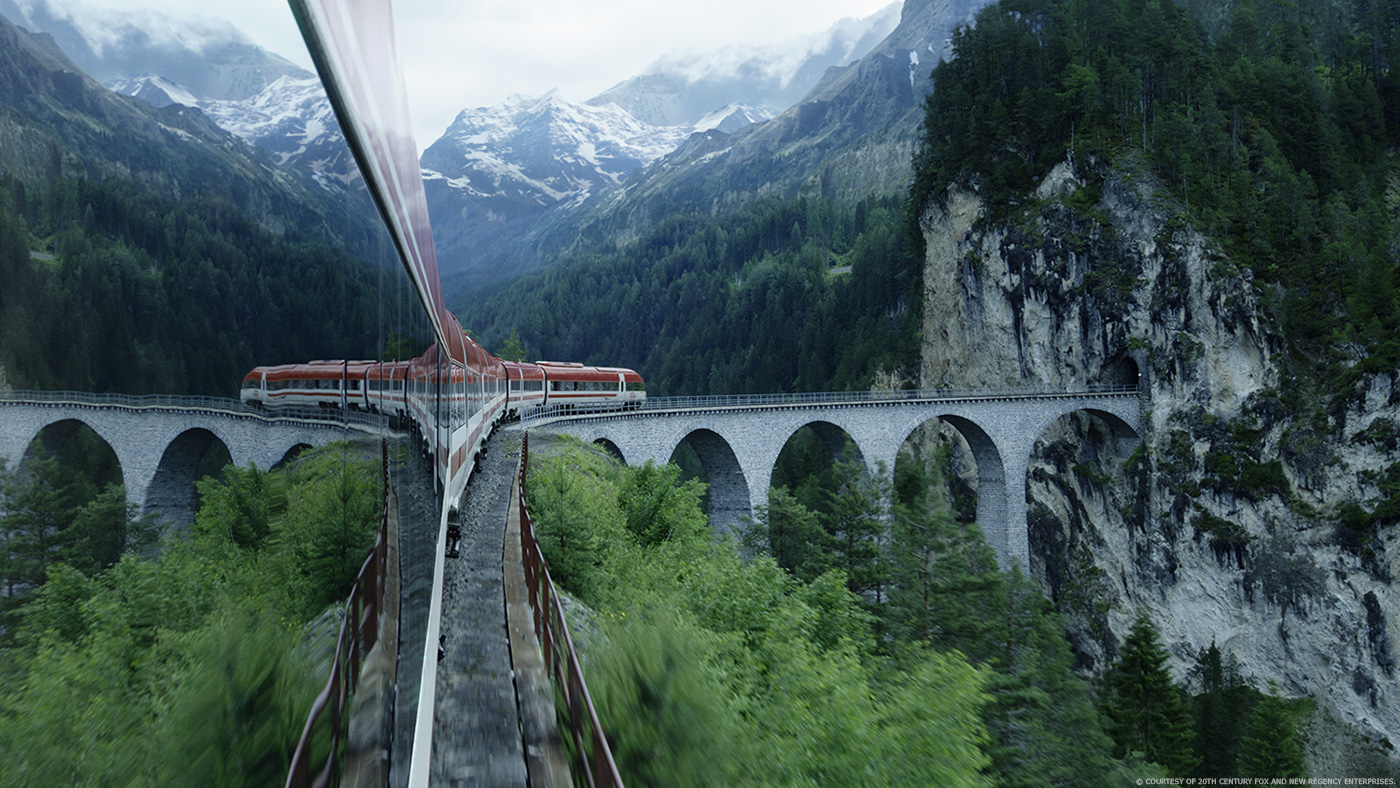


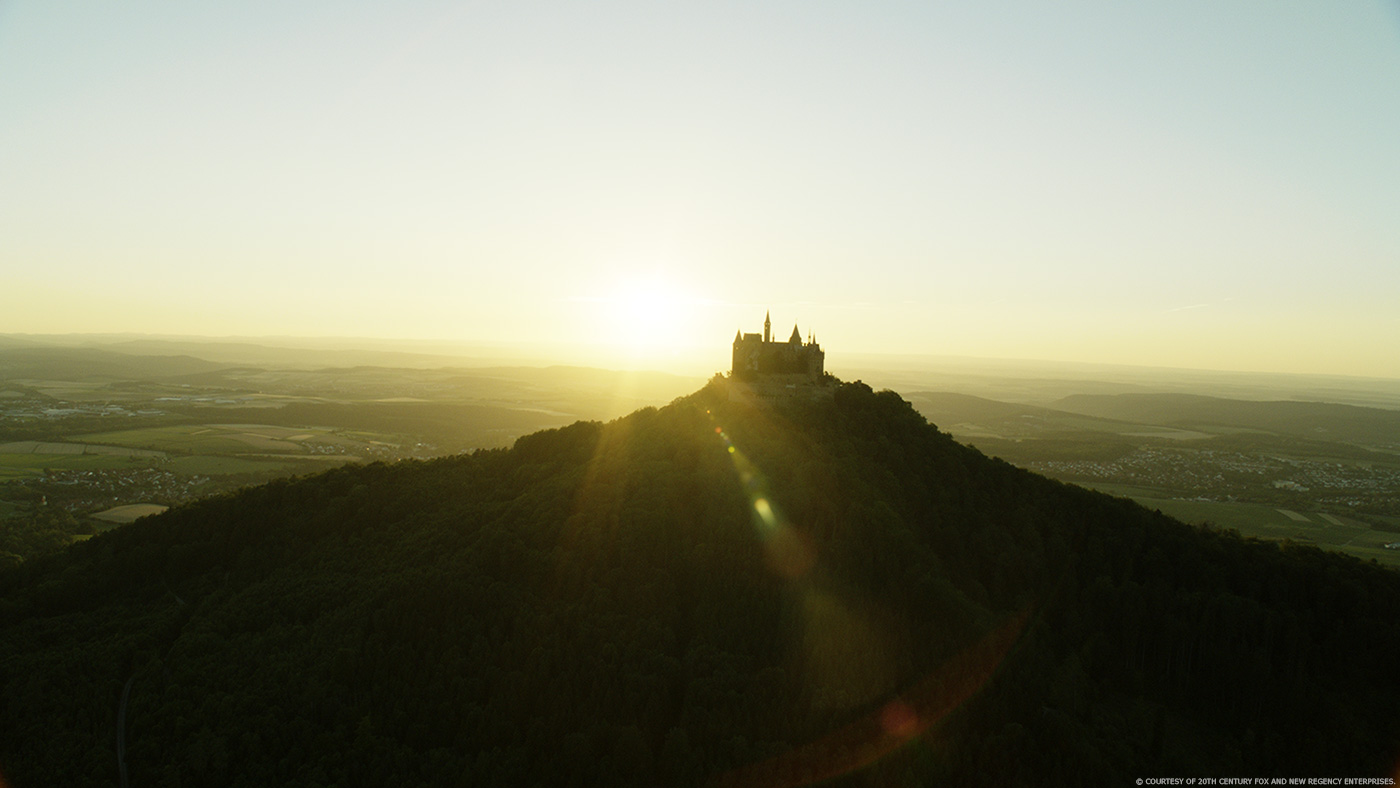
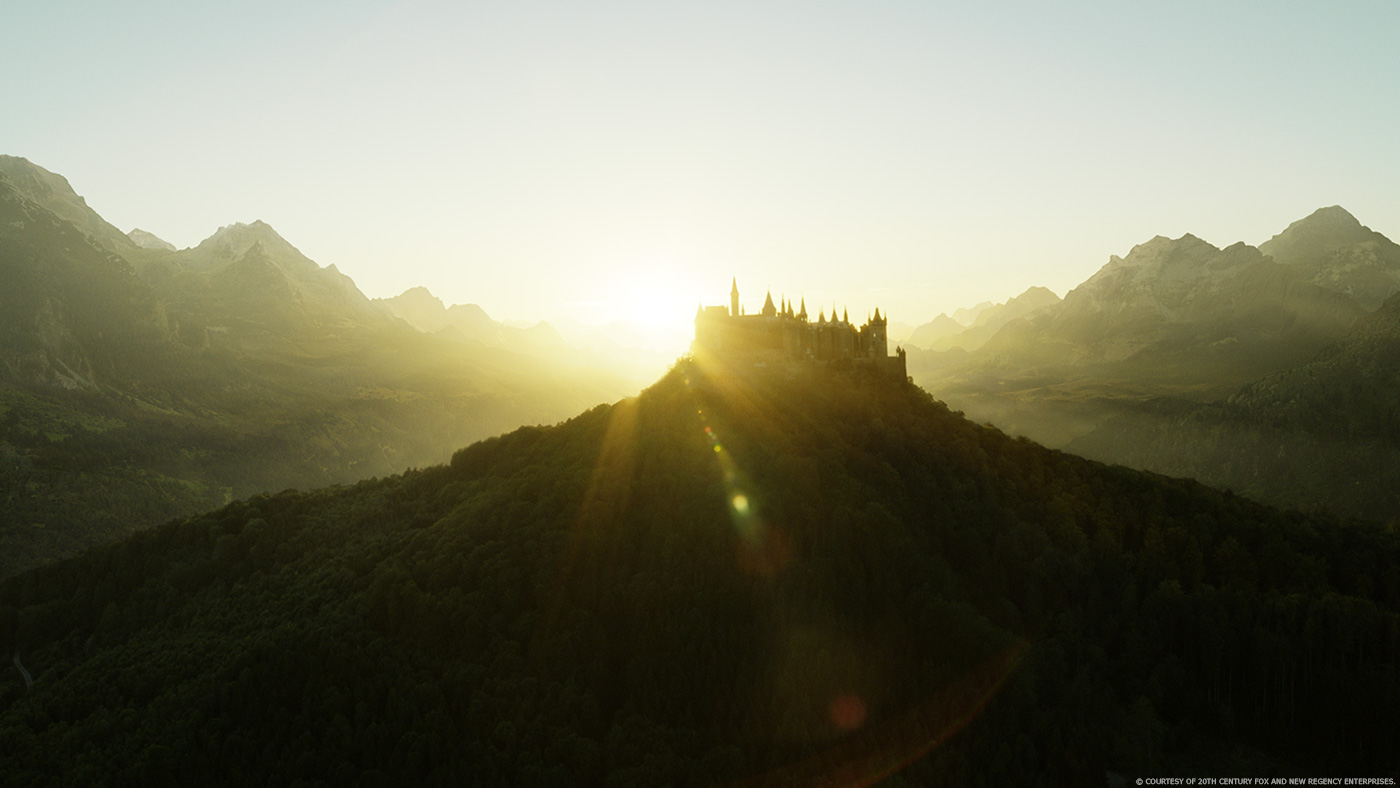
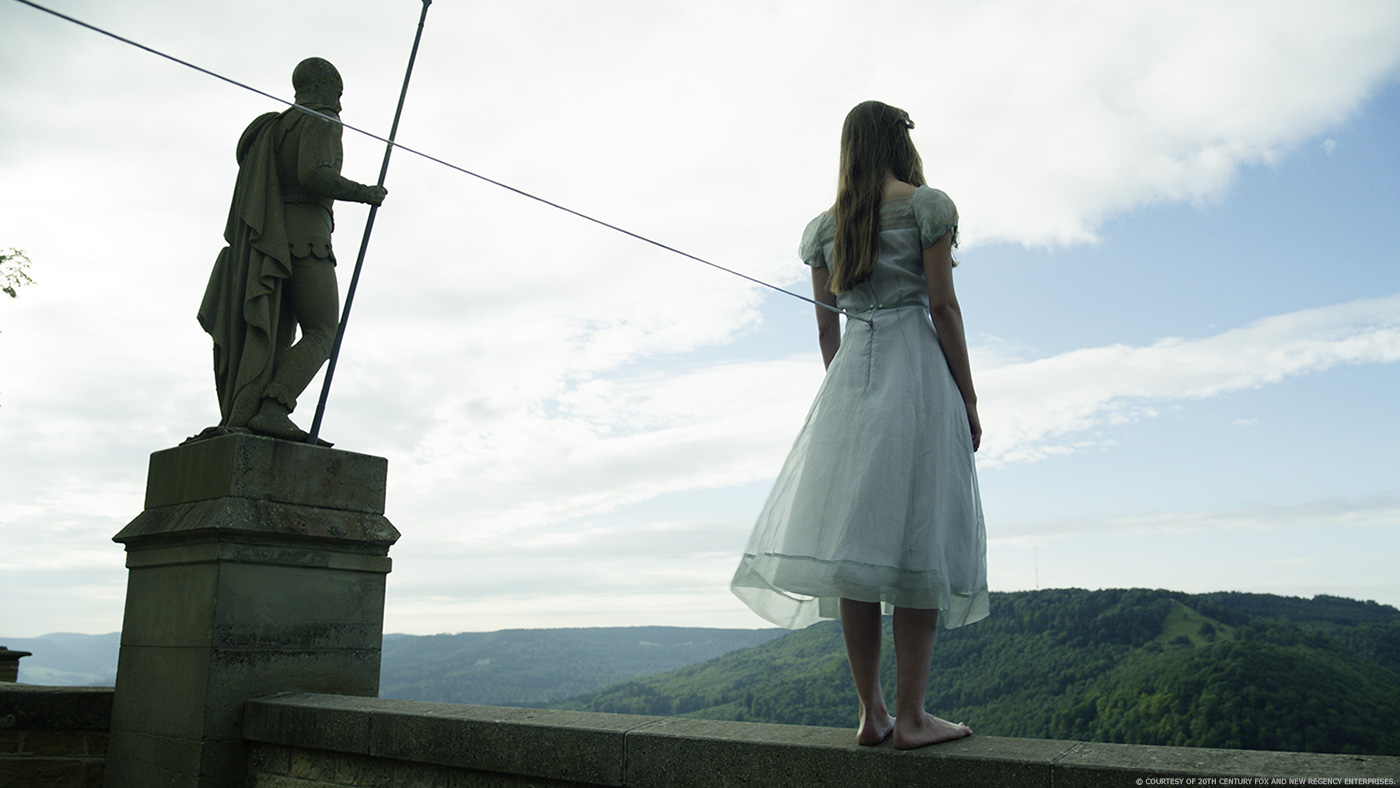

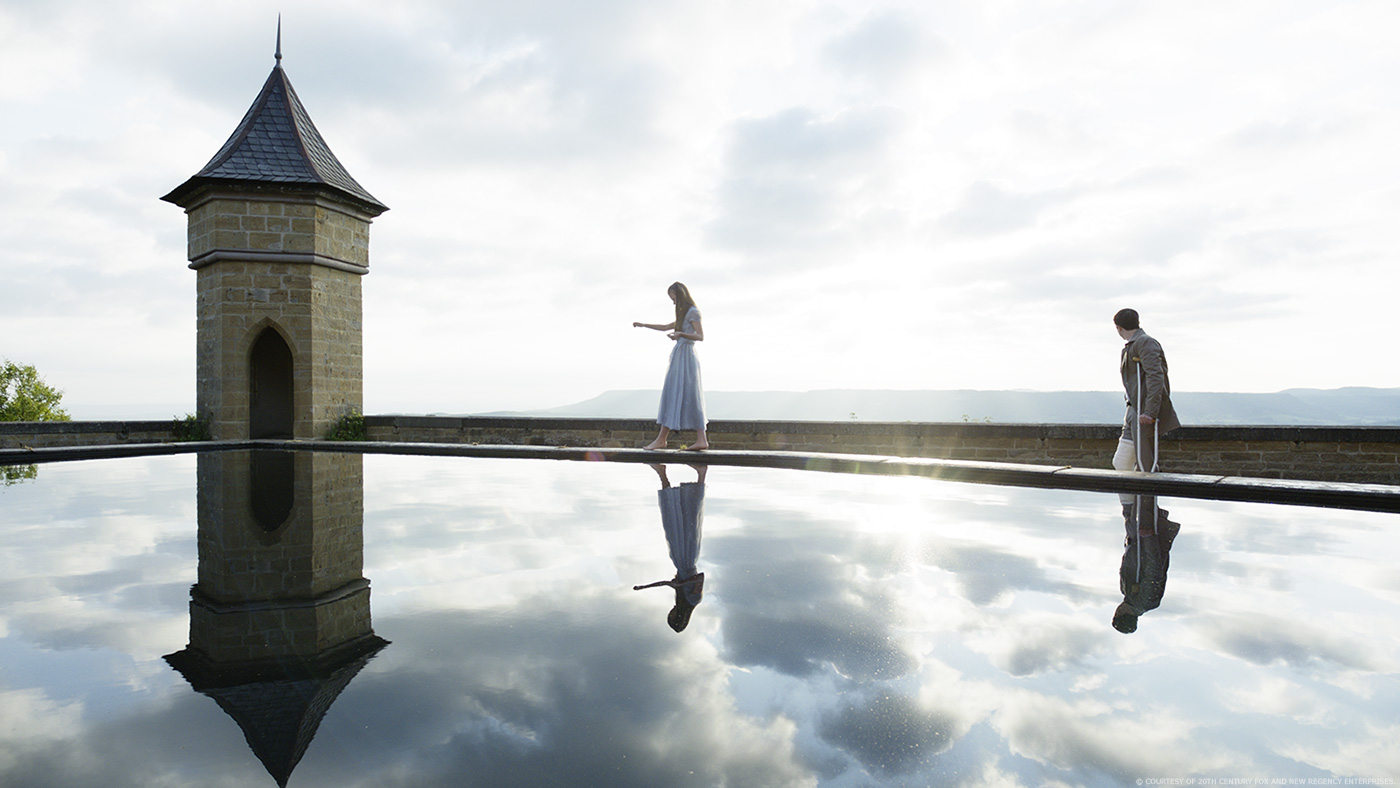
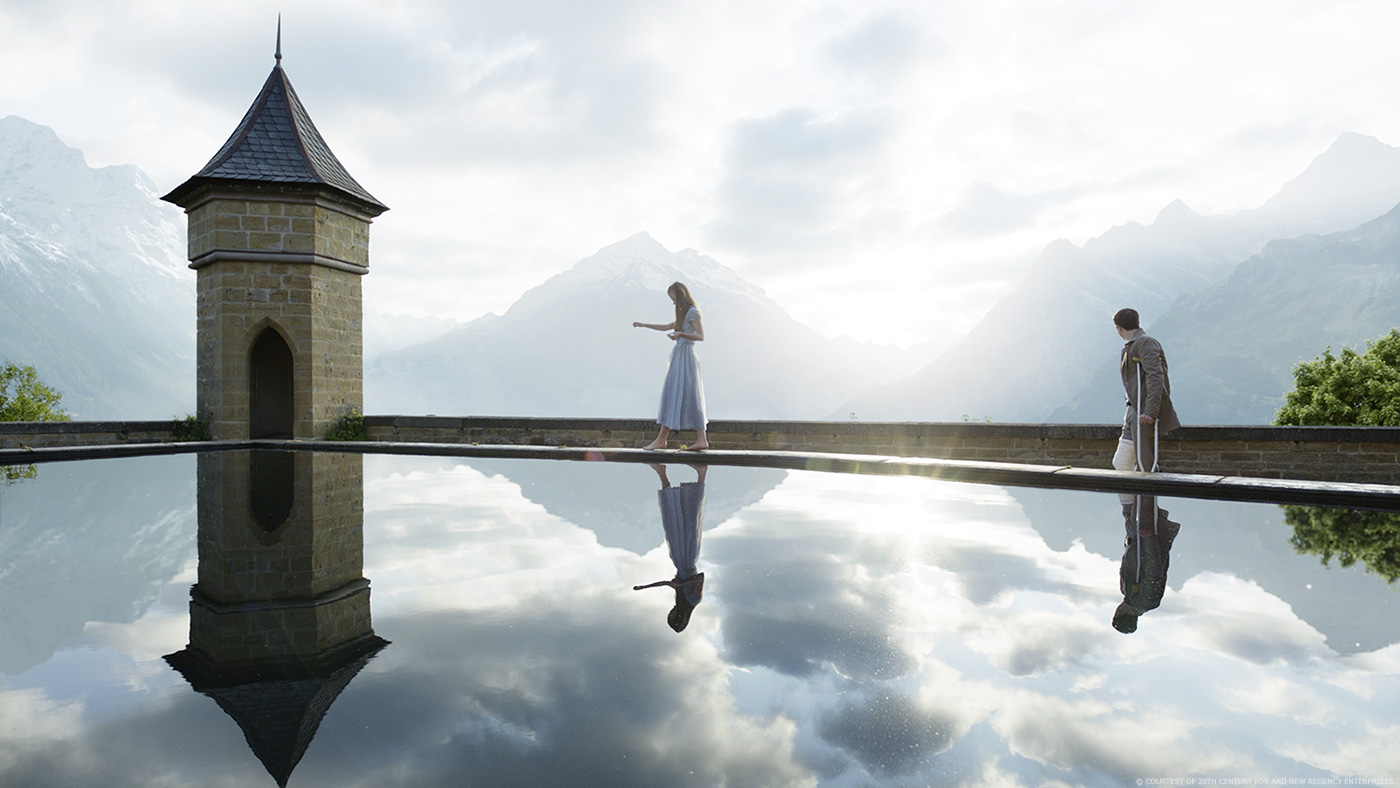
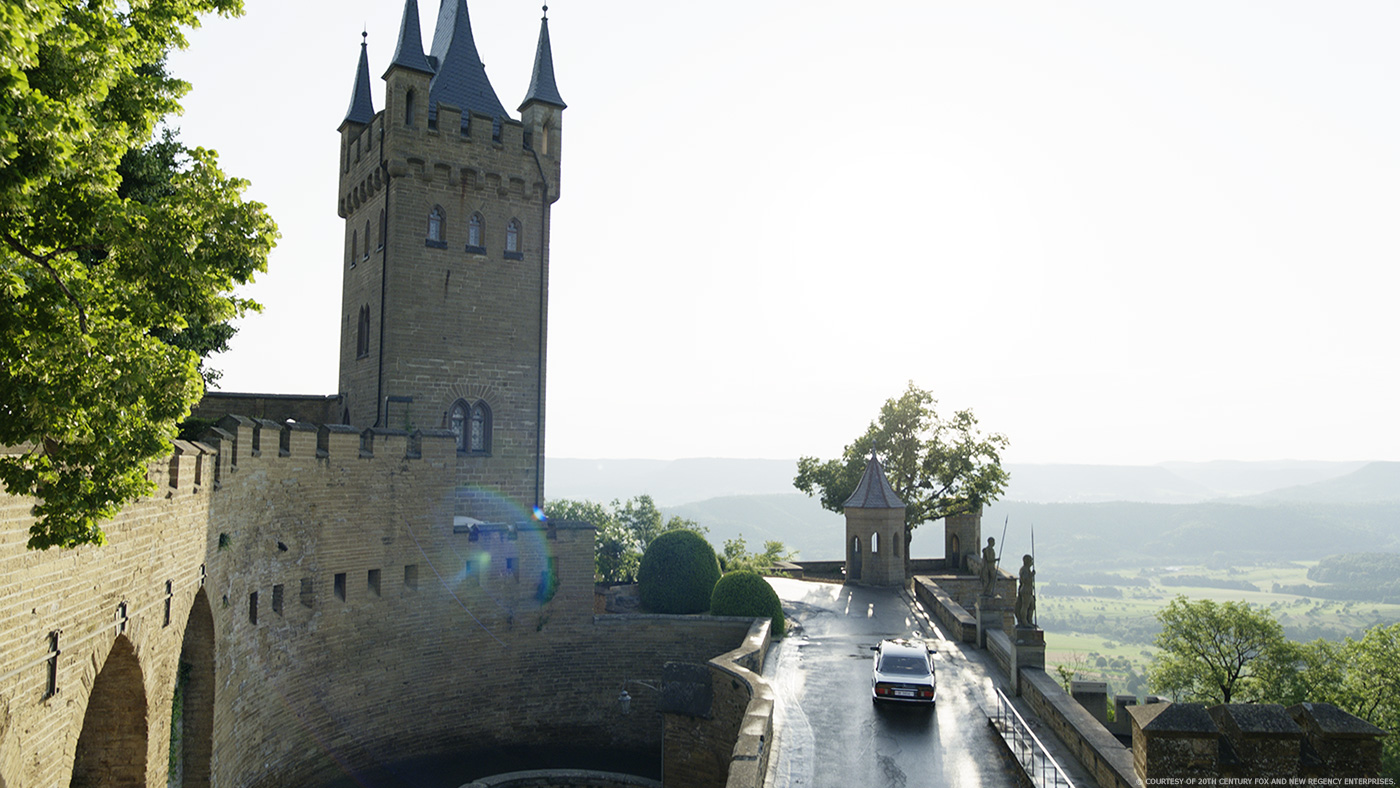
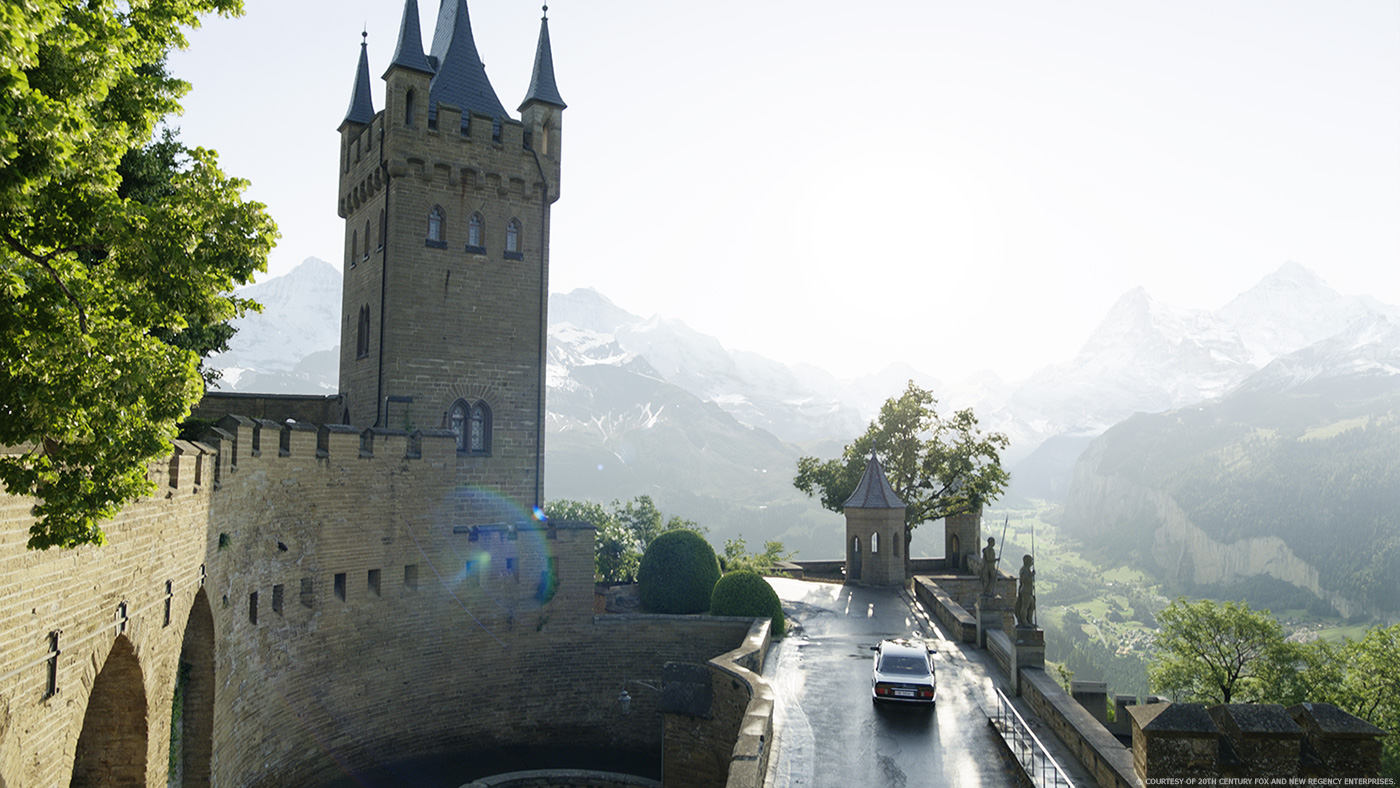
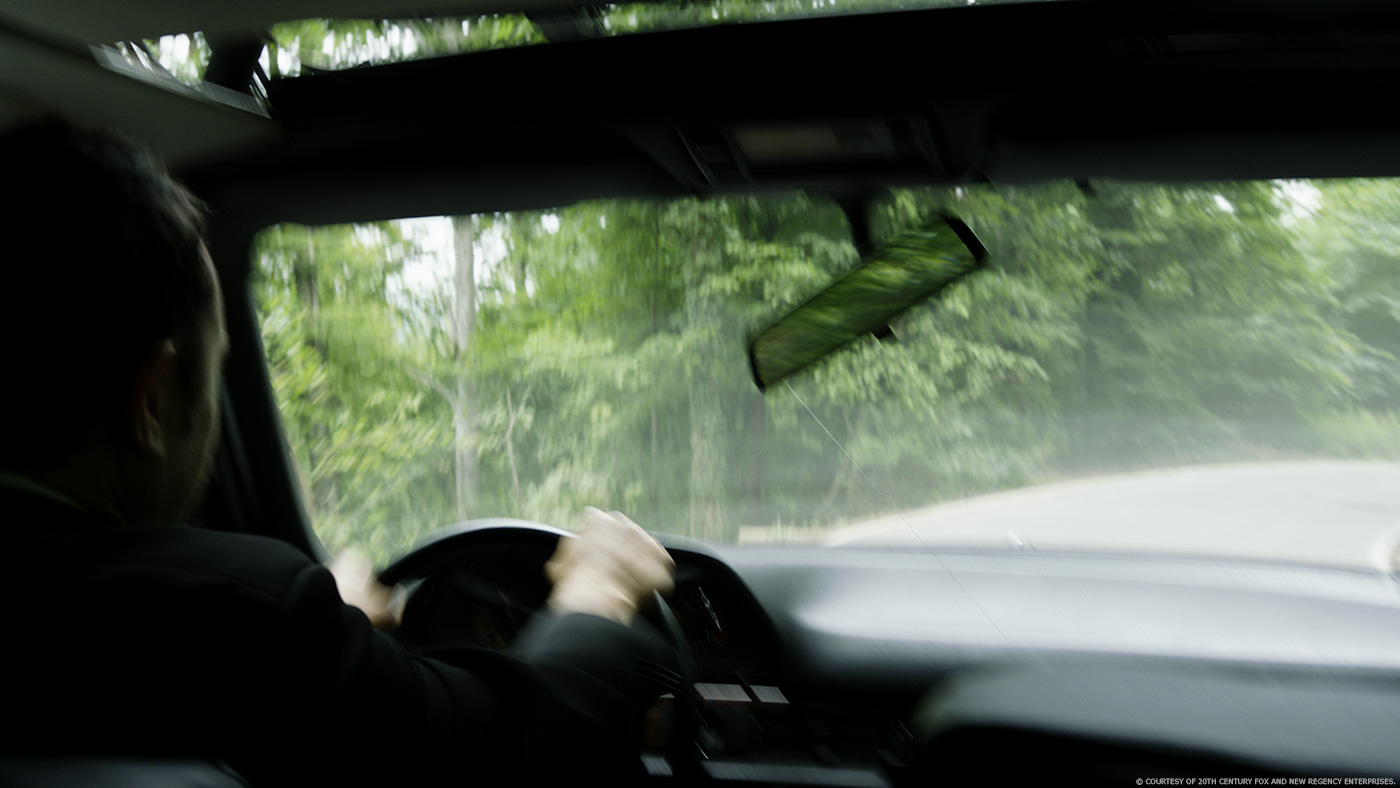
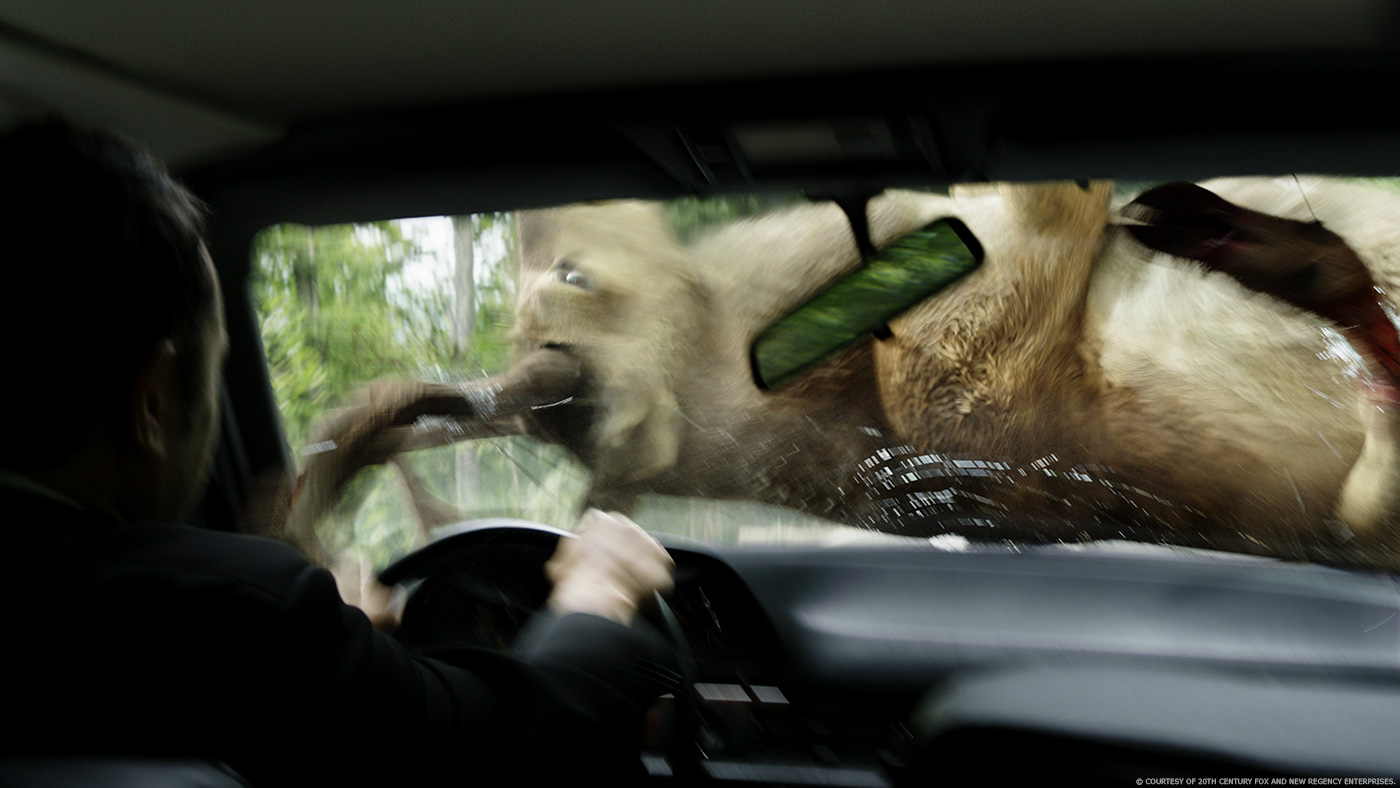


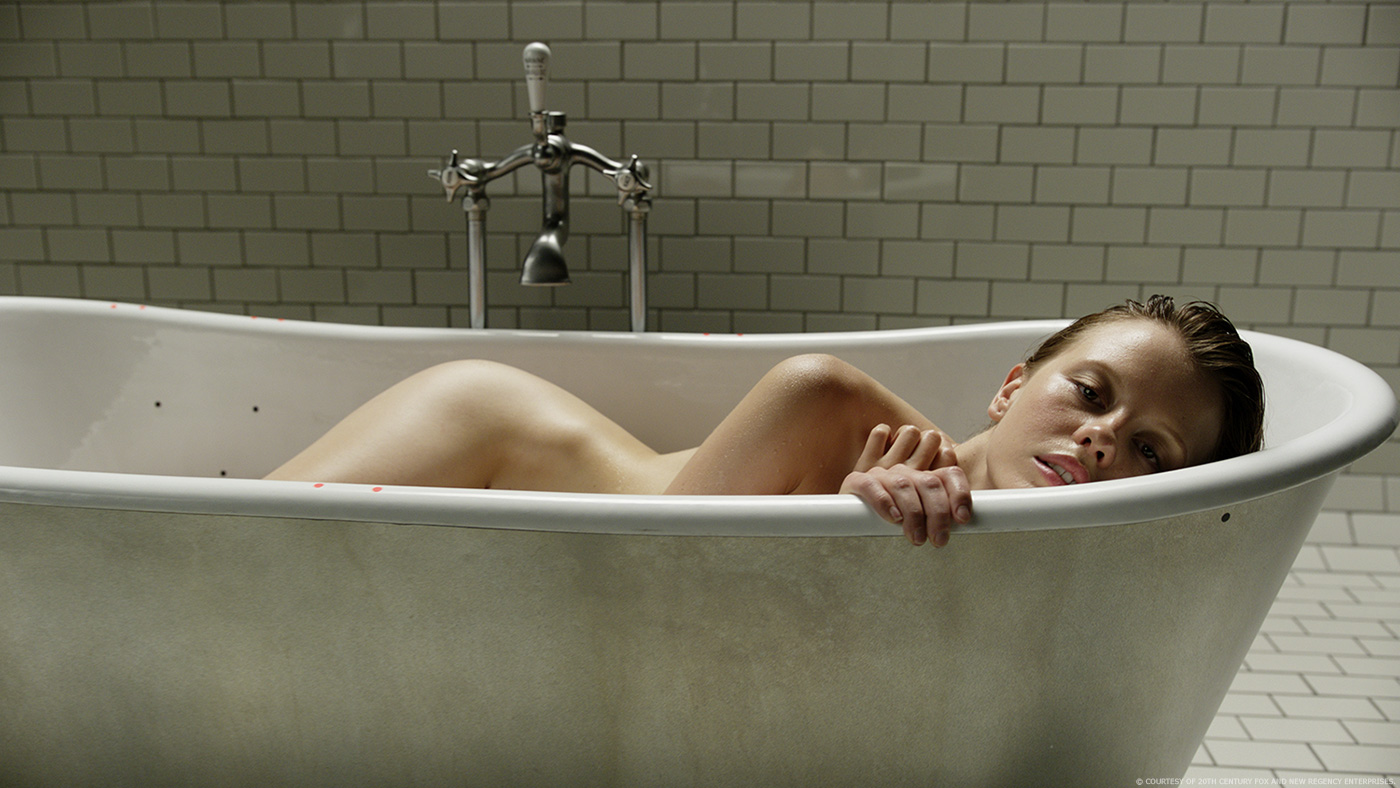
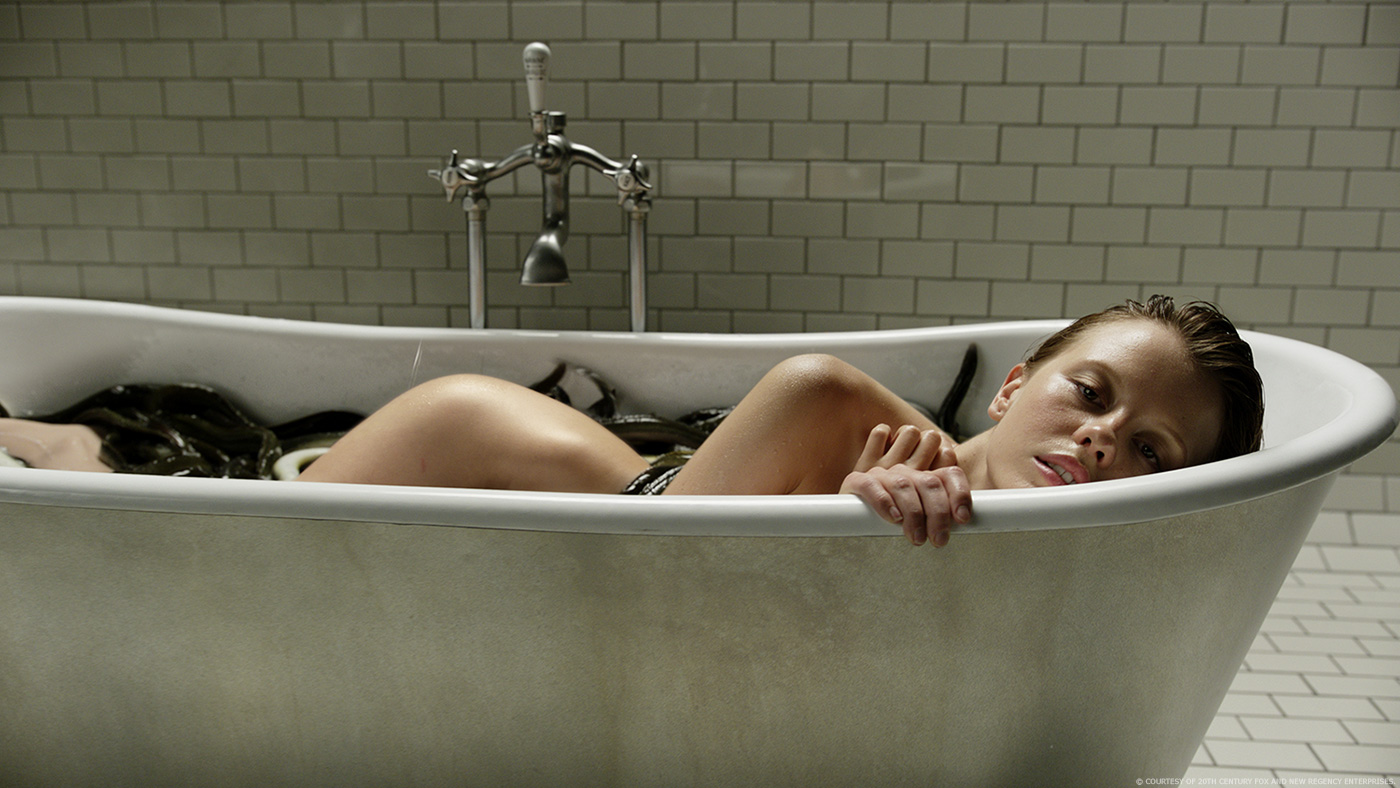
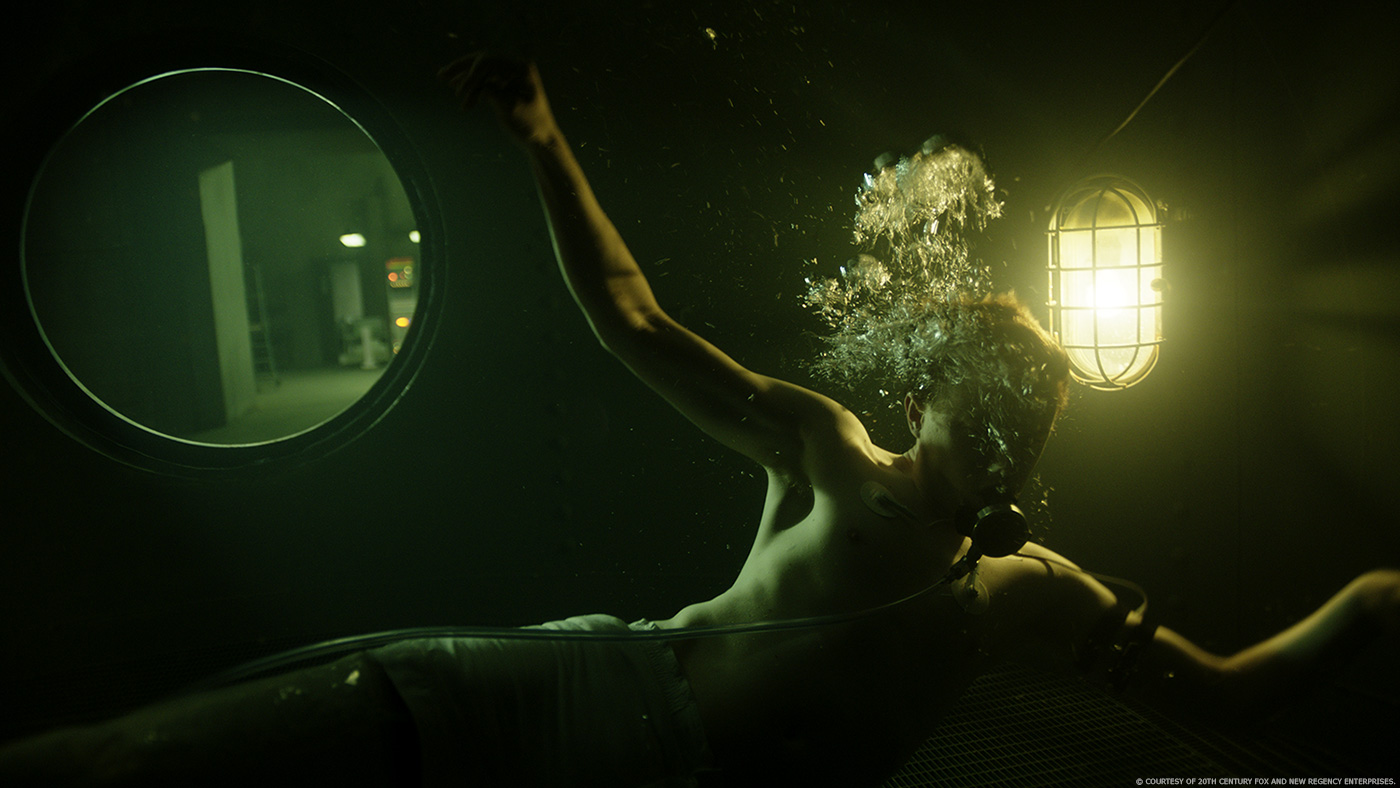
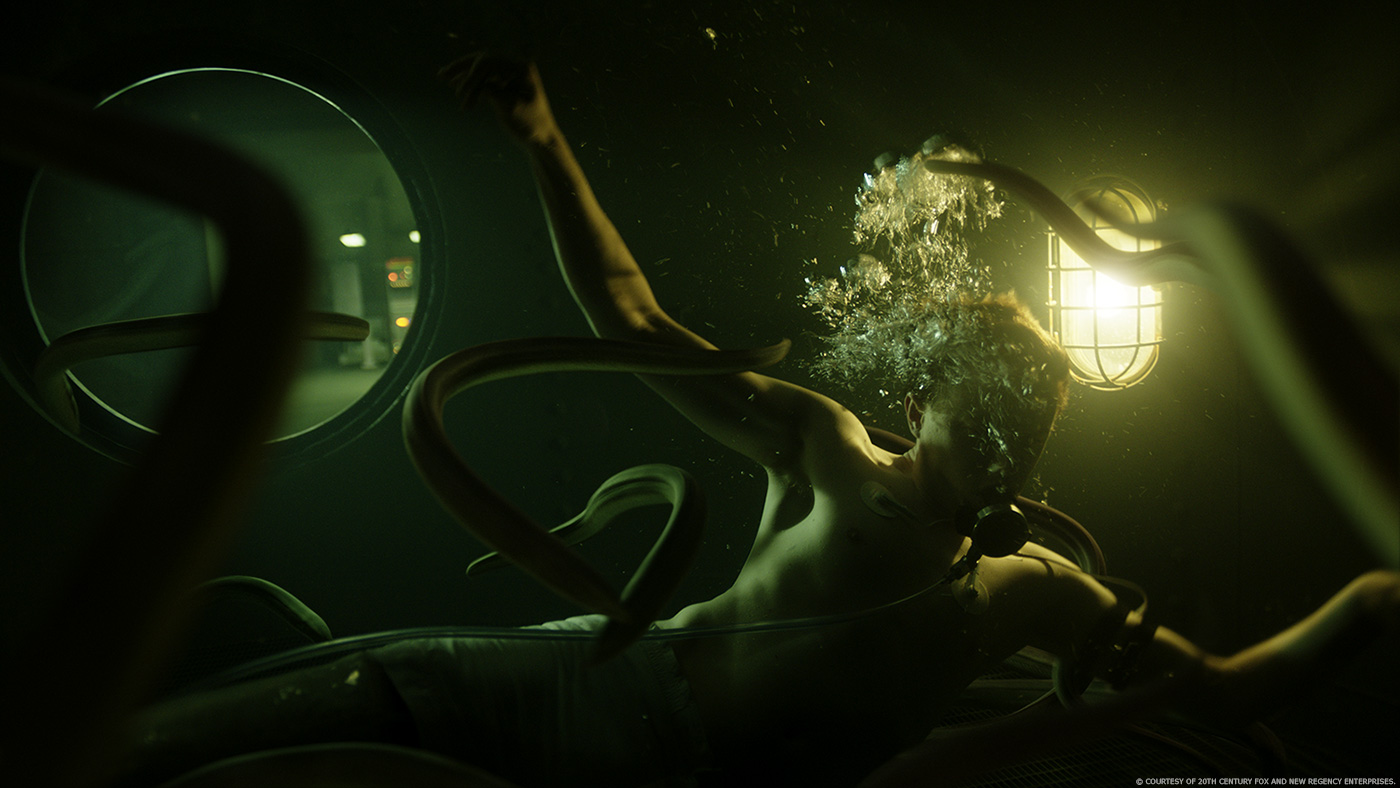

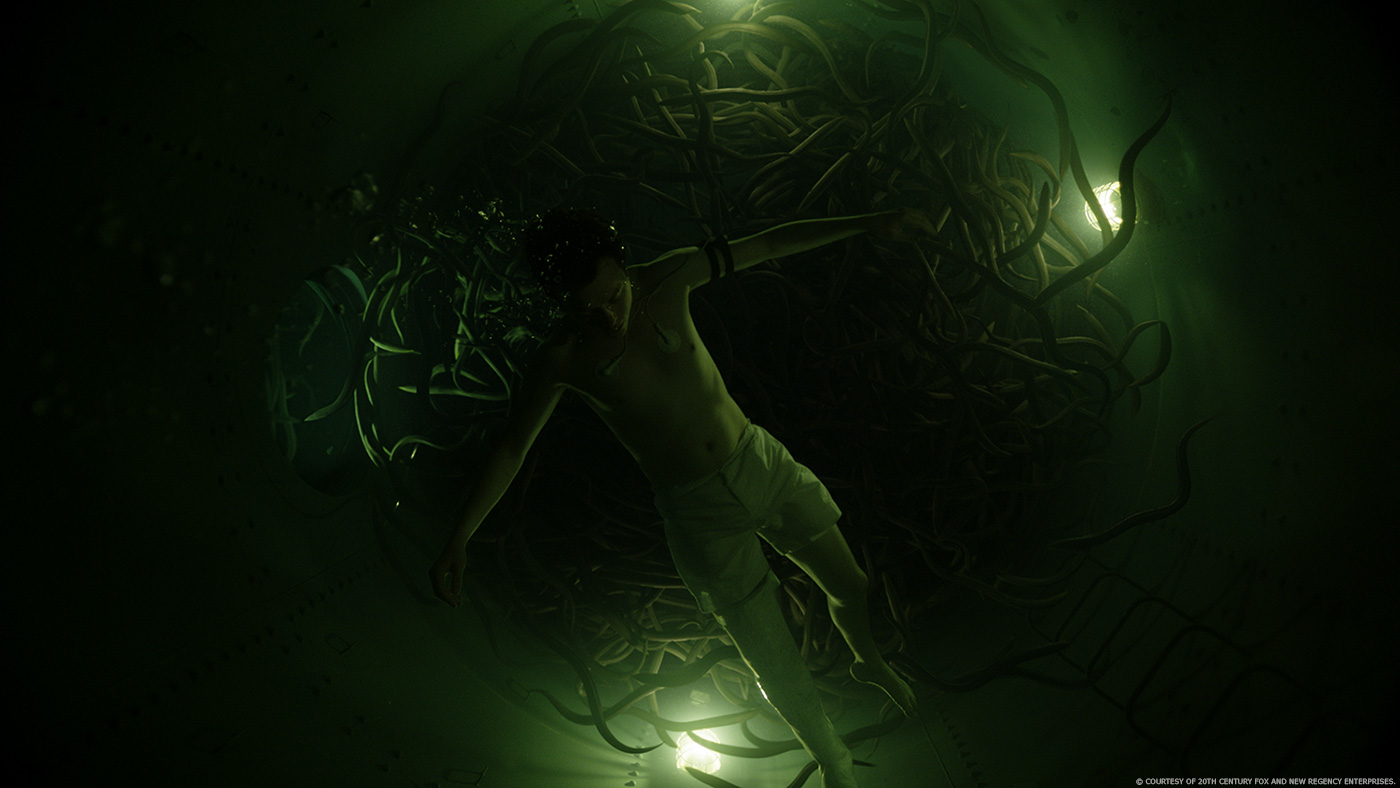
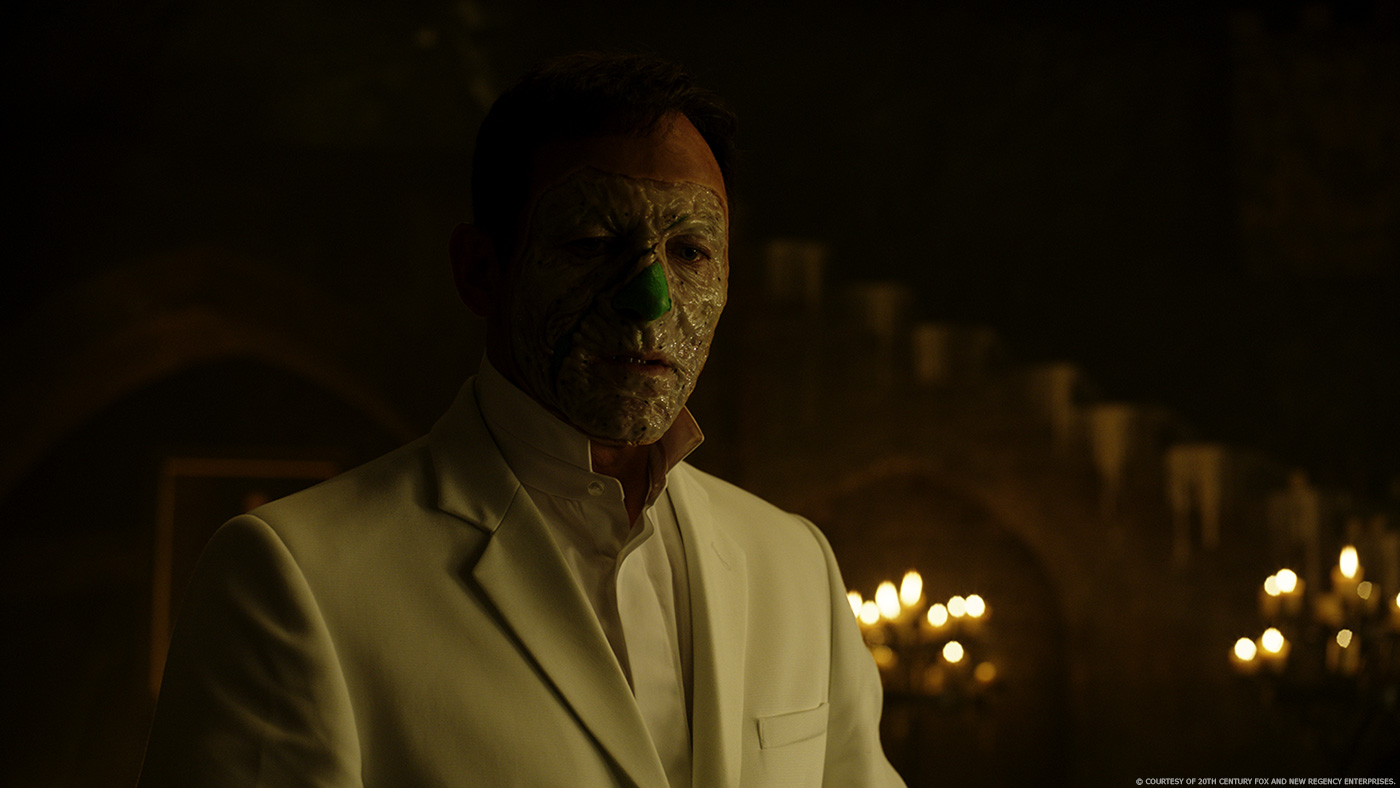
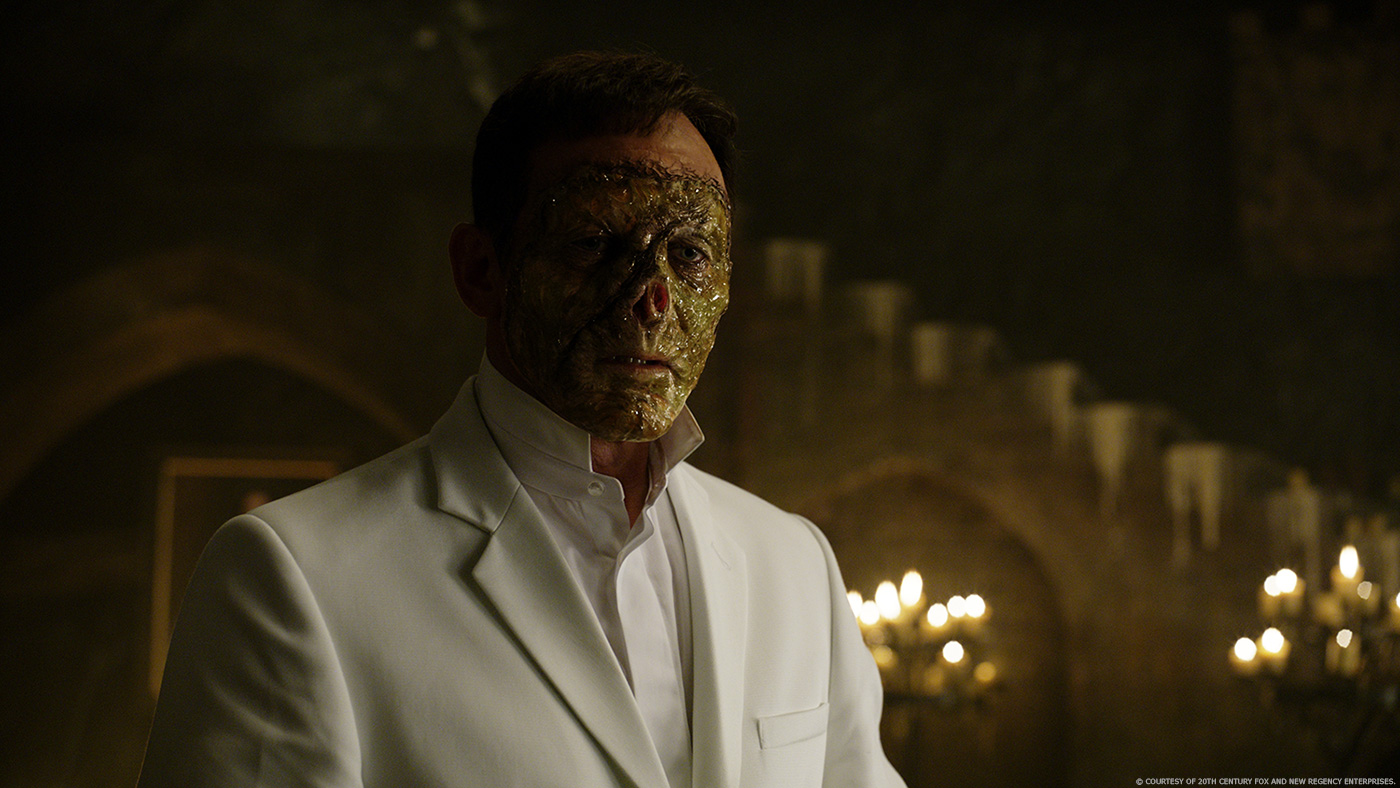
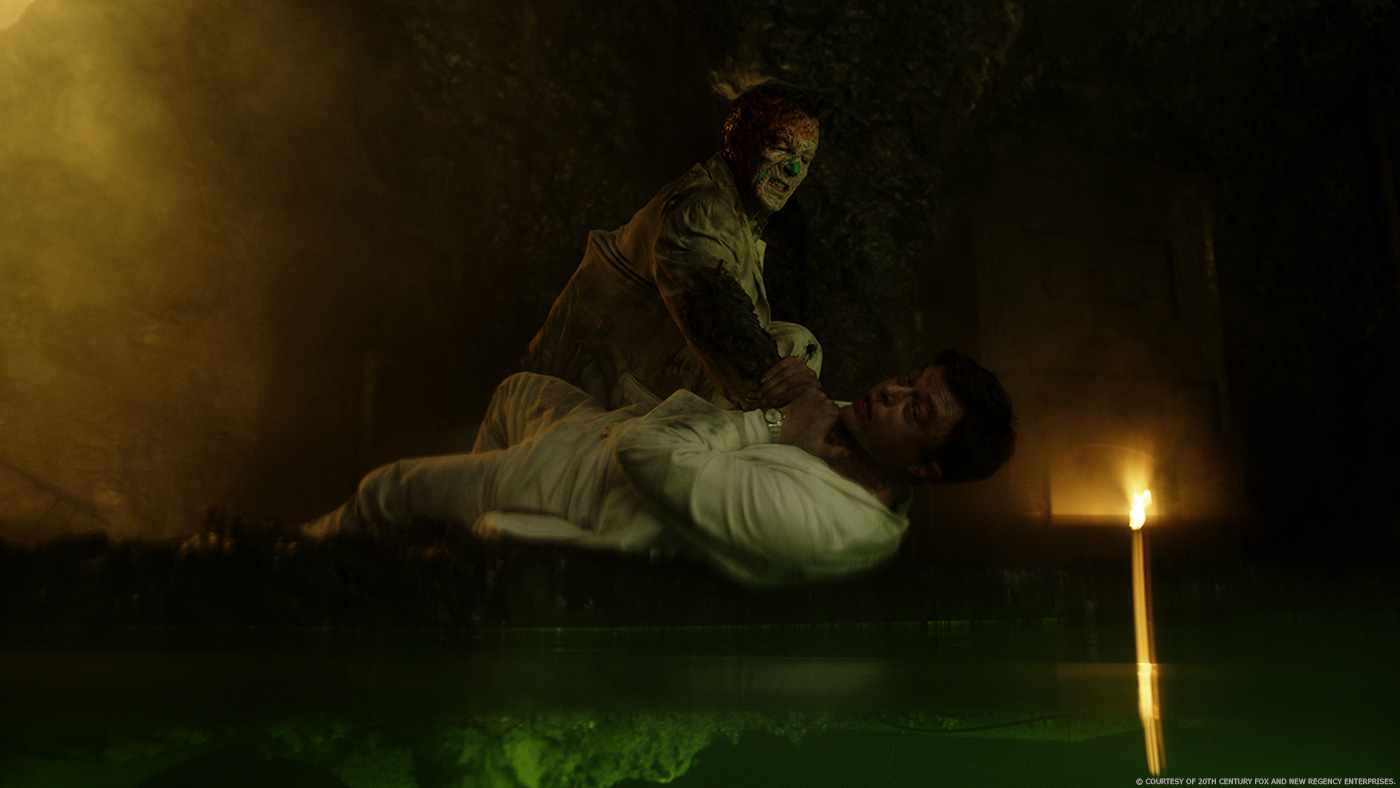
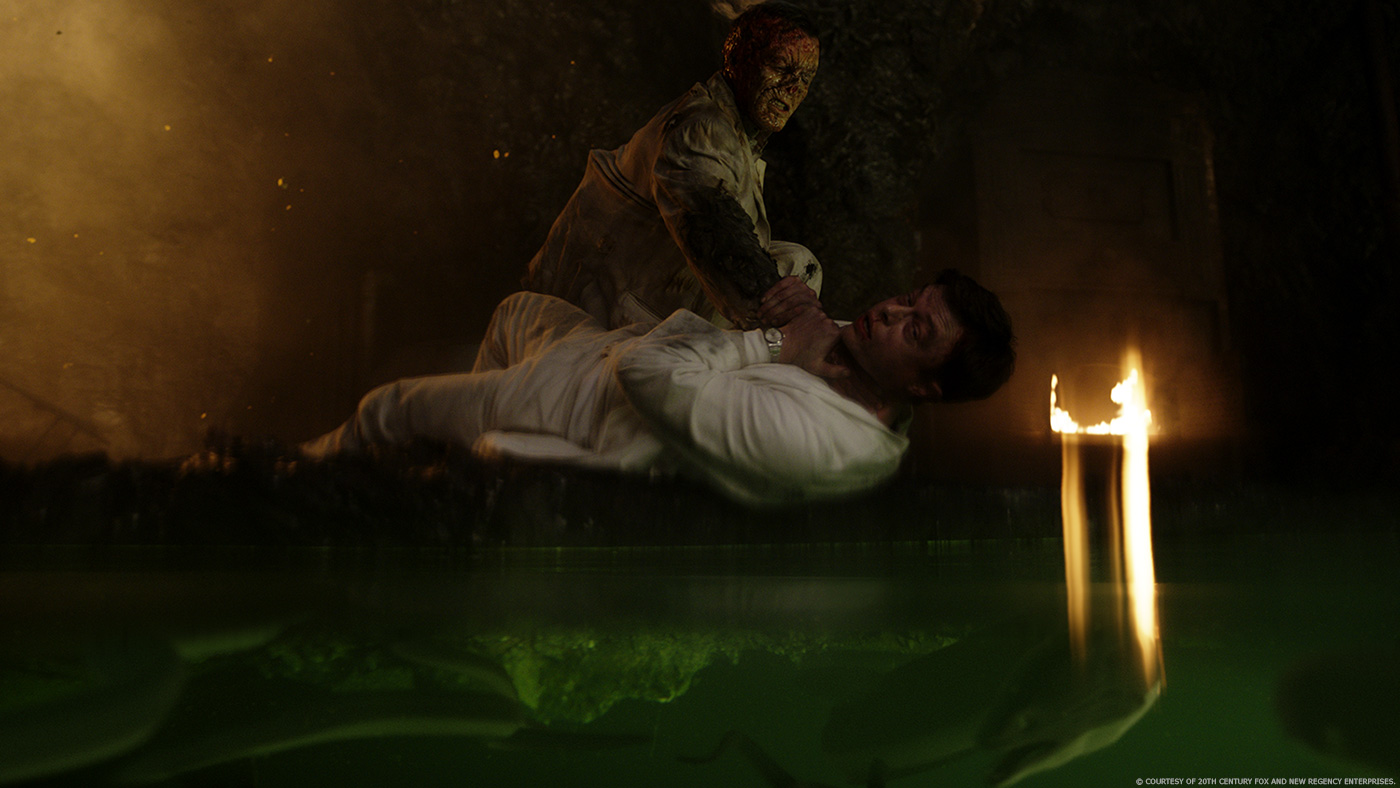
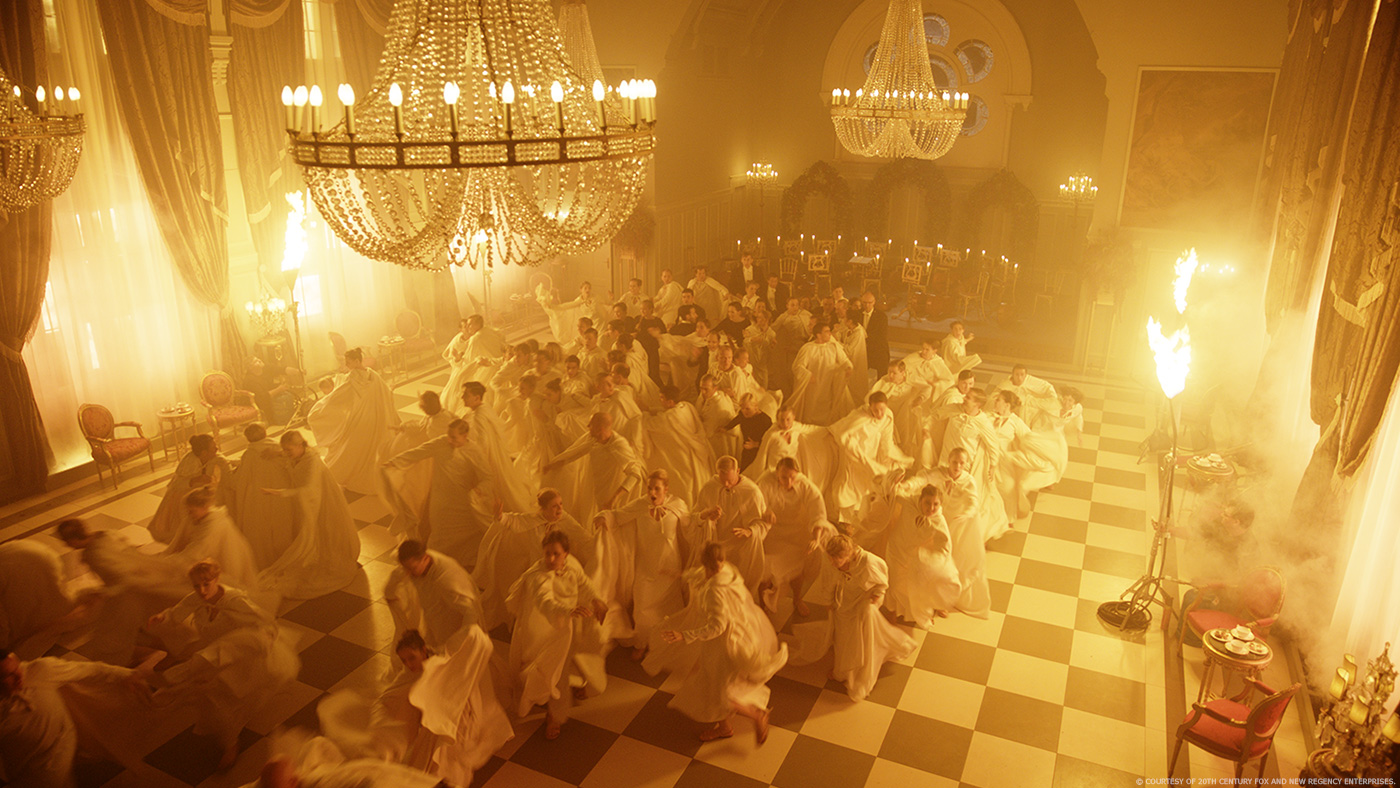
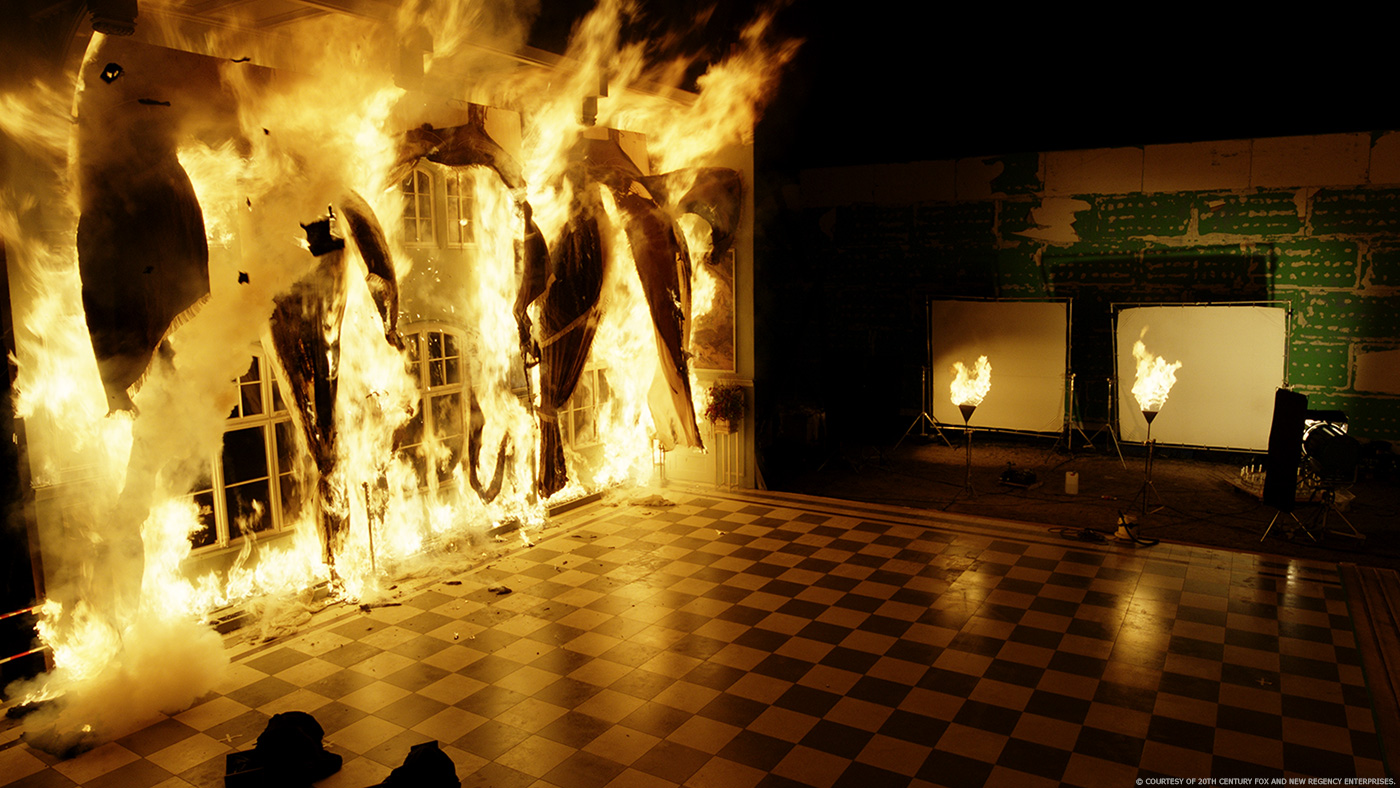

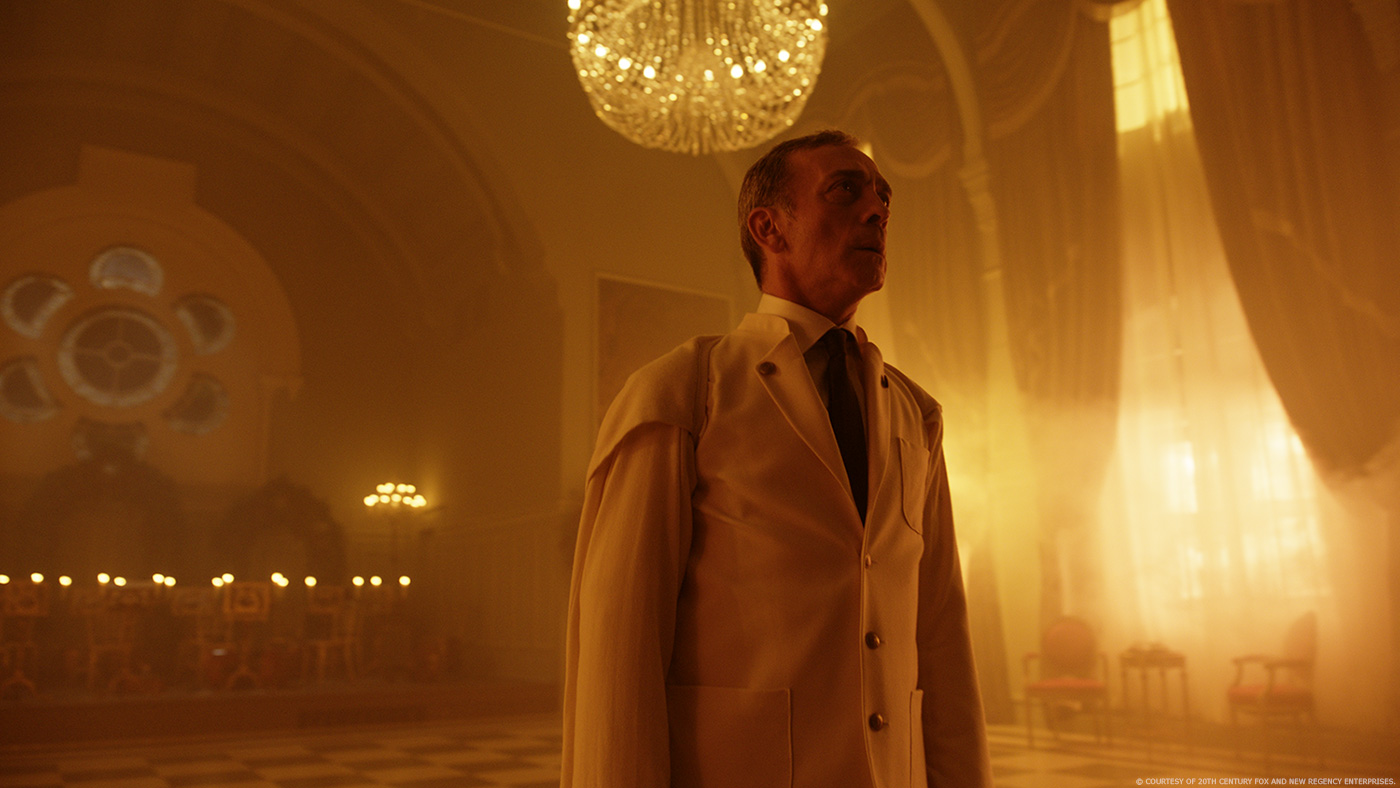
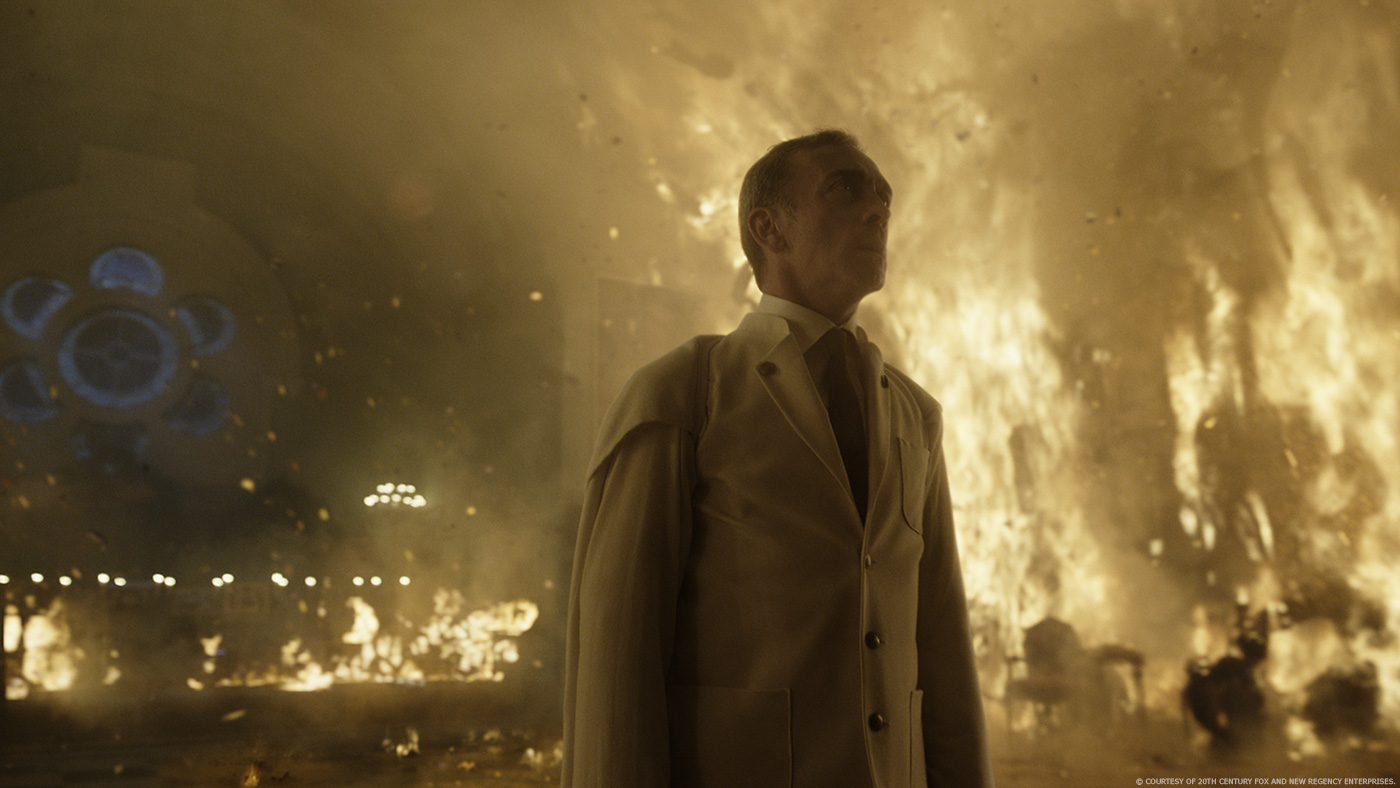
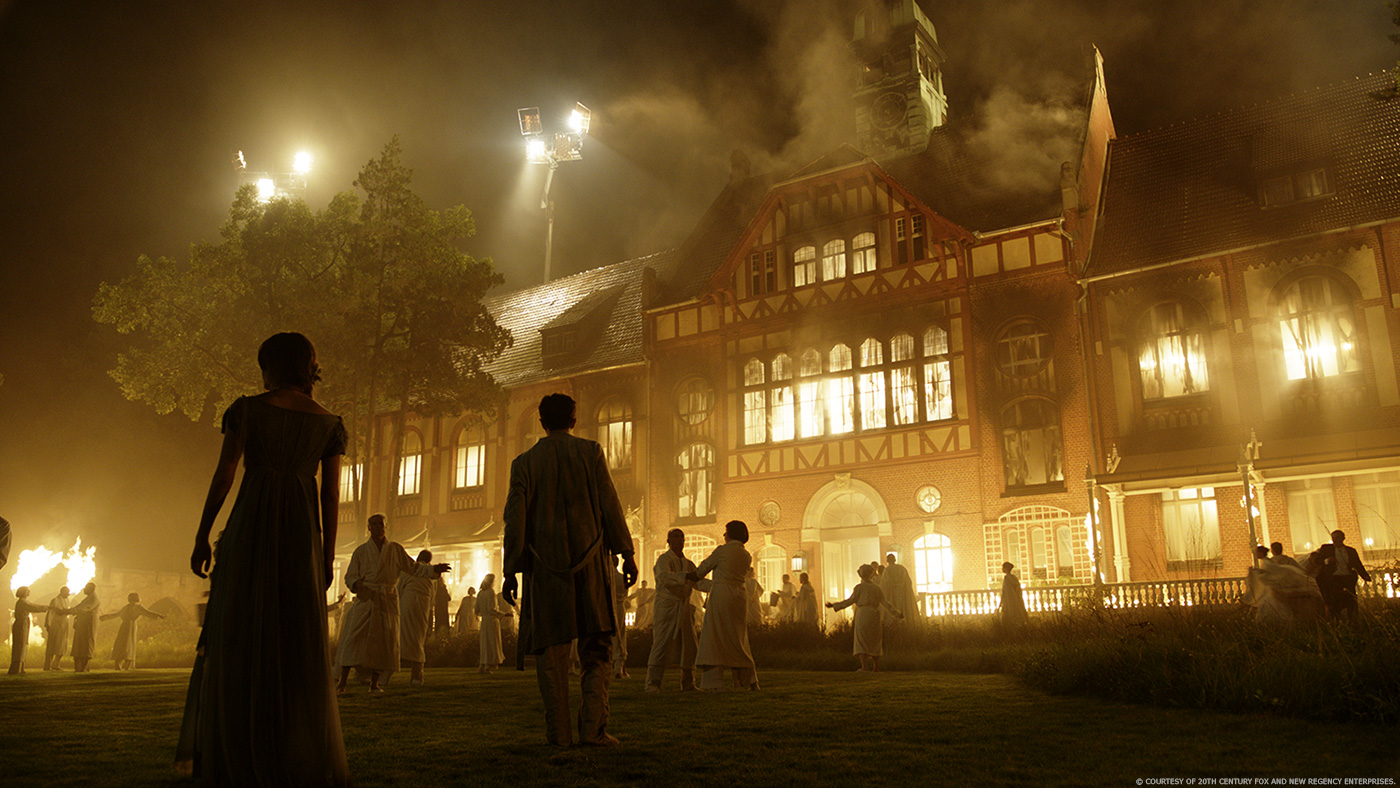
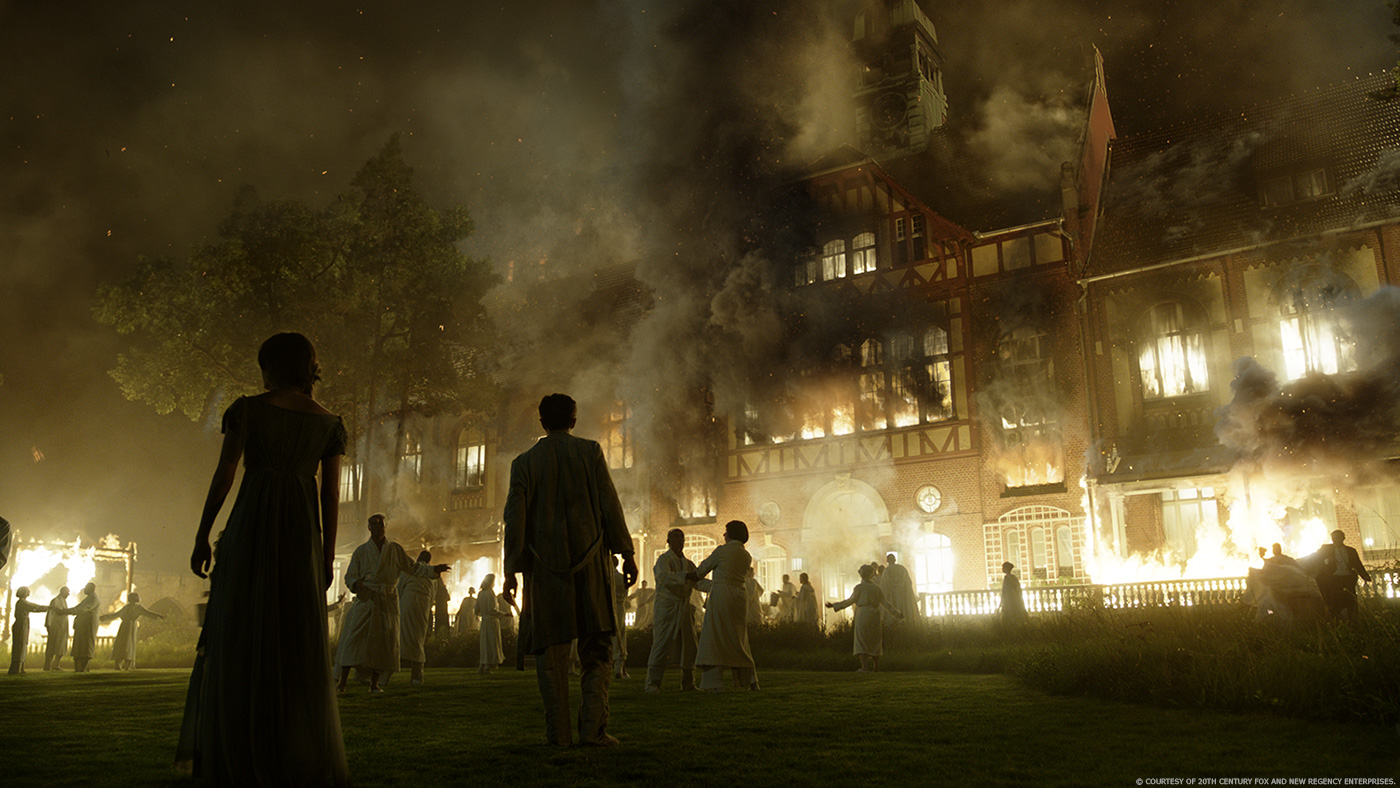





Love love LOVE this movie. Very cool to see these before/after photos!